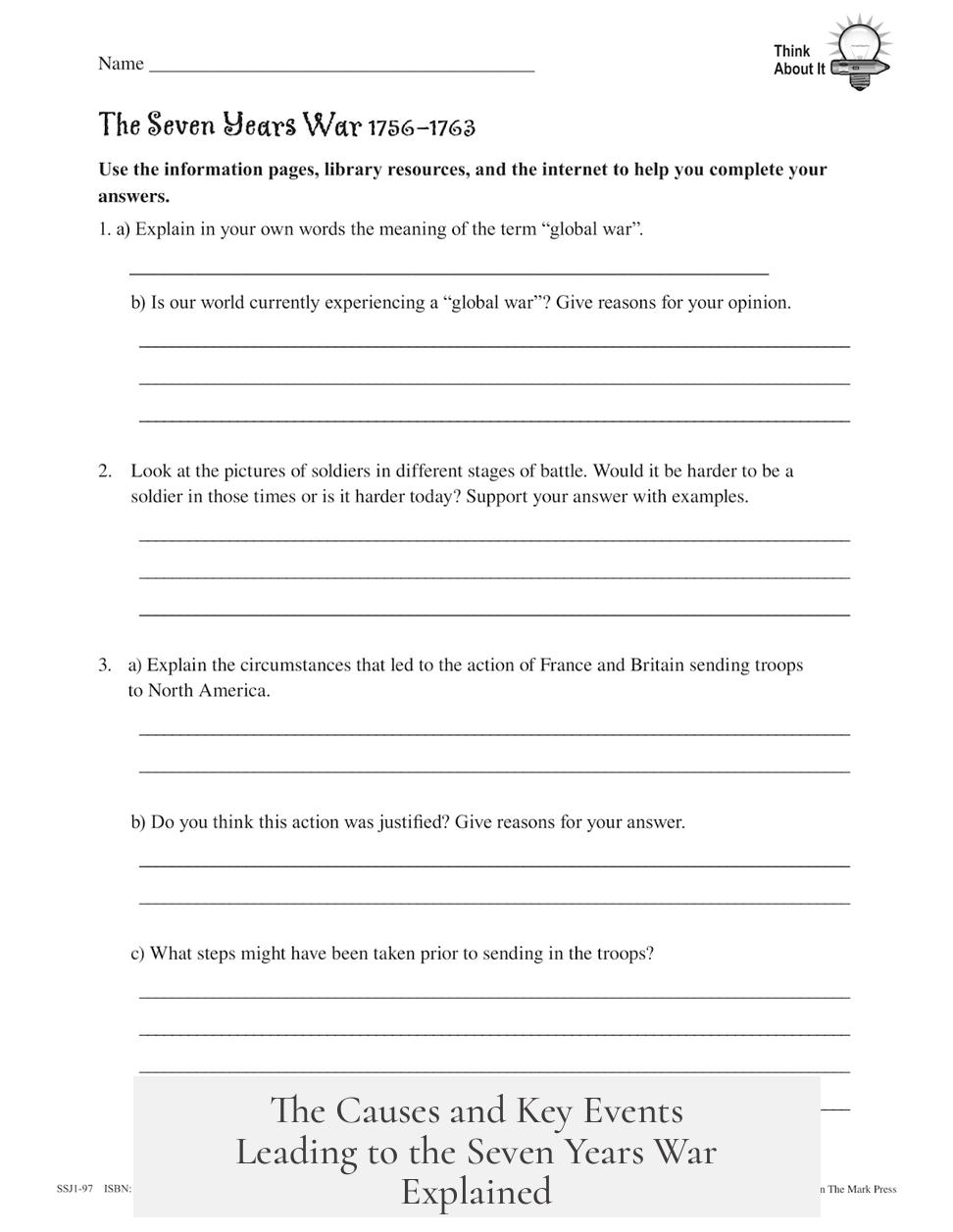The cause of the Seven Years War arose from a combination of colonial disputes and European power struggles between major empires, particularly Britain, France, and Prussia, triggered by competing territorial claims and shifting alliances.
The immediate trigger in the colonial context was conflict between Britain and France in North America, known as the French and Indian War, starting in 1755. Both powers claimed rights to the Mississippi River valley. France asserted ownership over the entire river and its banks, aiming to exclude British traders and maintain control over lucrative trade with Native American tribes. Britain challenged this claim because control of the river was vital for commerce and strategic access.
When the British sent colonial troops under George Washington to request the French remove their forts along the river, the French refused. This led to a small skirmish, which escalated into ongoing border clashes. The colonies initially emphasized defensive actions, but British objectives expanded towards conquering French Canada. The French, hampered by a smaller colonial population of about 60,000 versus nearly a million British colonists, focused on defending their territory. Allies among Native American tribes conducted raids on British settlements, intensifying calls for military resolution.
Meanwhile, the conflict extended globally. The colonial war grew to involve battles in the Caribbean, West Africa, and India. In 1762, Spain joined the conflict on the French side, citing British encroachments, including illegal settlements in Honduras and occupation of Minorca.
On the European continent, tensions culminated in 1756 with Prussian King Frederick the Great’s invasion of Saxony, an Austrian ally. This offensive followed Frederick’s earlier conquest of Silesia in the First Silesian War. Maria Theresa of Austria, determined to reclaim Silesia, allied with Russia, whose Empress Elizabeth despised Frederick and had territorial ambitions in Eastern Prussia.
Frederick initially had an alliance with France, but repeated treaty violations destroyed trust. Louis XV distrusted Frederick’s honor and refused to support him. By 1756, Frederick was surrounded: Austria to the south, Russia to the east, hostile France to the west, and Sweden to the north. Isolated, he sought an alliance with Britain.
Britain had feared Prussian ambitions on Hanover, a personal possession of King George II. However, the threat of a French invasion of Hanover during the North American colonial war shifted British priorities. Frederick promised to defend Hanover against France if Britain allied with Prussia and provided subsidies. Britain agreed reluctantly, locking the major powers into opposing camps.
Frederick’s war began aggressively with the swift conquest of Saxony. He exploited Saxony’s resources for his campaigns. France responded by deploying a large army to invade Hanover, hoping to pressure Britain in peace talks. Britain sent troops to fight the French in northwest Germany, collaborating with Hanover’s forces under Duke Ferdinand of Brunswick.
The causes of the Seven Years War combined colonial competition for trade and territory with European power rivalries rooted in territorial ambitions and alliance shifts. Britain and France clashed over control of North America’s interior. At the same time, Prussia’s desire to keep Silesia ignited conflict with Austria and Russia, while diplomatic failures led to a global coalition of enemies and allies.
| Cause | Details |
|---|---|
| Colonial Disputes | French and British conflict over Mississippi River valley trade and forts |
| European Rivalries | Prussia’s invasion of Saxony; Austria-Russia alliance; breakdown of Prussia-France alliance |
| Alliance Formation | Britain allied with Prussia to protect Hanover against France |
| Global Expansion | Conflict spread to Caribbean, West Africa, India; Spain joined French side in 1762 |
These dynamics turned isolated regional disputes into a worldwide conflict involving multiple major powers. Each participant sought to advance territorial, economic, or political goals by force or diplomacy, escalating a volatile situation into a comprehensive war that shaped global history.
- The war stemmed from competition for control of North American trade routes and territory.
- Prussian territorial ambitions and European power rivalries fueled broader conflict.
- Diplomatic failures and shifting alliances led Britain and Prussia to cooperate against France, Austria, and Russia.
- The conflict rapidly expanded beyond Europe and North America to various global colonies.
What Was the Cause of the Seven Years War?
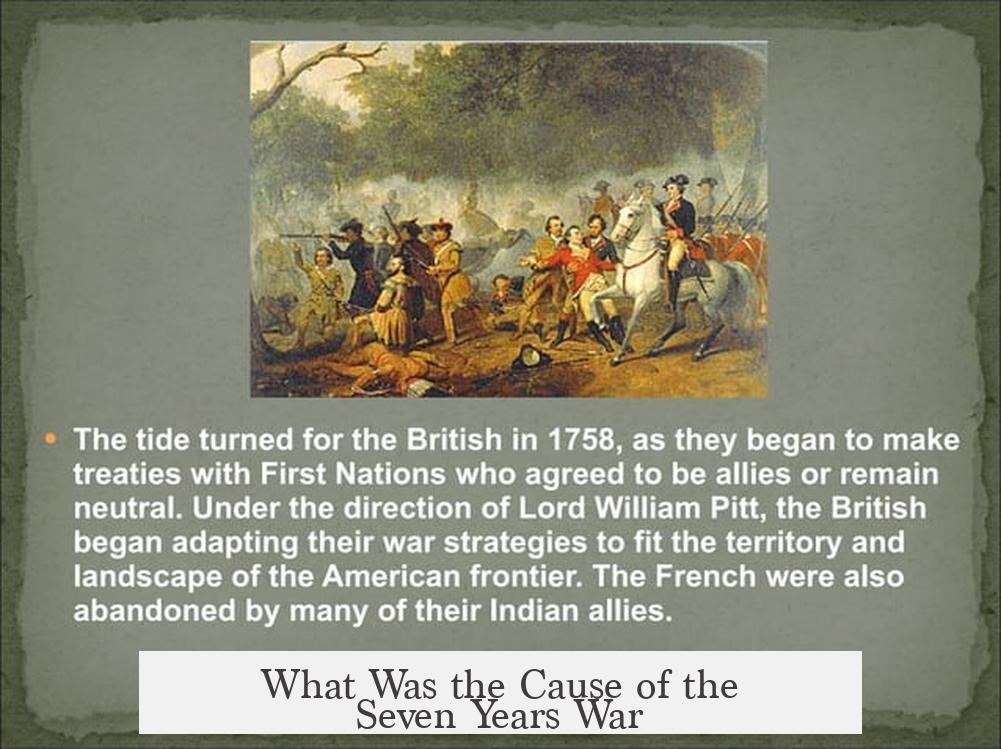
The Seven Years War ignites from a combustible mix of colonial rivalry between Britain and France in North America and fierce territorial competition in Europe centered on Prussia’s ambitions. It’s a global powder keg lit by disputes over trade routes, land claims, and political alliances. So, what exactly tipped the match?
Let’s embark on this journey to uncover how this mid-18th century mega-conflict began, weaving through muddy riverbanks to royal courts dripping with intrigue.
The North American Spark: Colonial Clashes Along the Mississippi
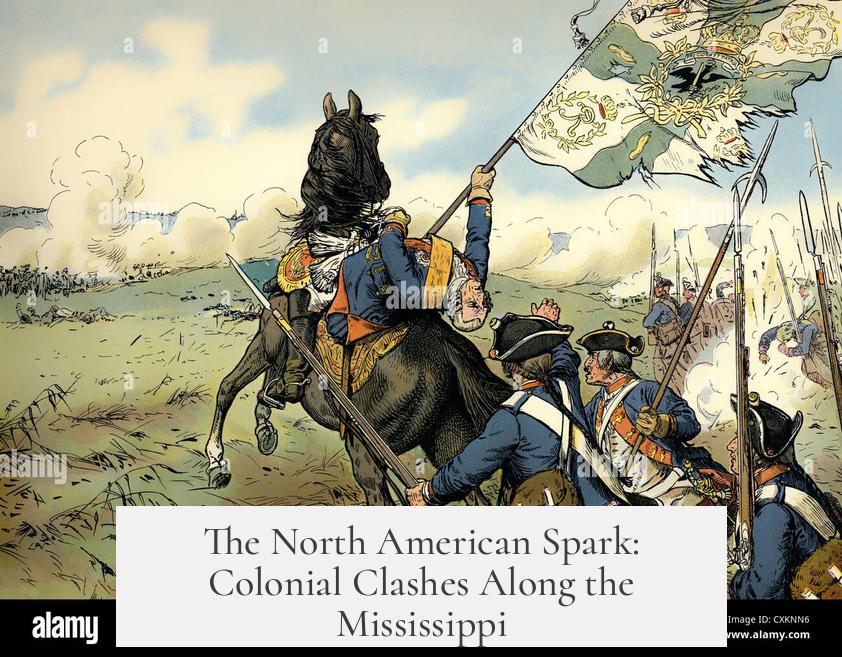
Picture the Mississippi River in the mid-1700s. It’s the lifeline of trade and power in North America, coursing through vast territories claimed by the French. The French claimed all of the river and its banks, hoping to monopolize trade with Native American tribes. But the British, with much bigger colonial ambitions and nearly 16 times the settler population, see this as a chokehold on their own traders.
- In 1755, tensions boil over when Britain attempts to push France out of strategic forts along the Mississippi.
- A young George Washington, yes, the founding father before his founding-fathers fame, commands a small British colonial force sent to demand French withdrawal.
- The French refuse. A skirmish breaks out, ending in British defeat but signaling the ignition of something far larger.
This standoff isn’t just about forts. It’s about who controls trade, who wields power over Native American alliances, and which empire can dominate North America’s interior. French control means British traders get squeezed out entirely.
Meanwhile, Native American tribes mostly side with the French. French-led raids against British settlers inflame the borderlands. For years, British colonists have pleaded with London to send troops and put an end to these bloody skirmishes. War felt inevitable, and when it finally erupts, it’s explosive.
From Rivers to Empires: The Conflict Goes Global
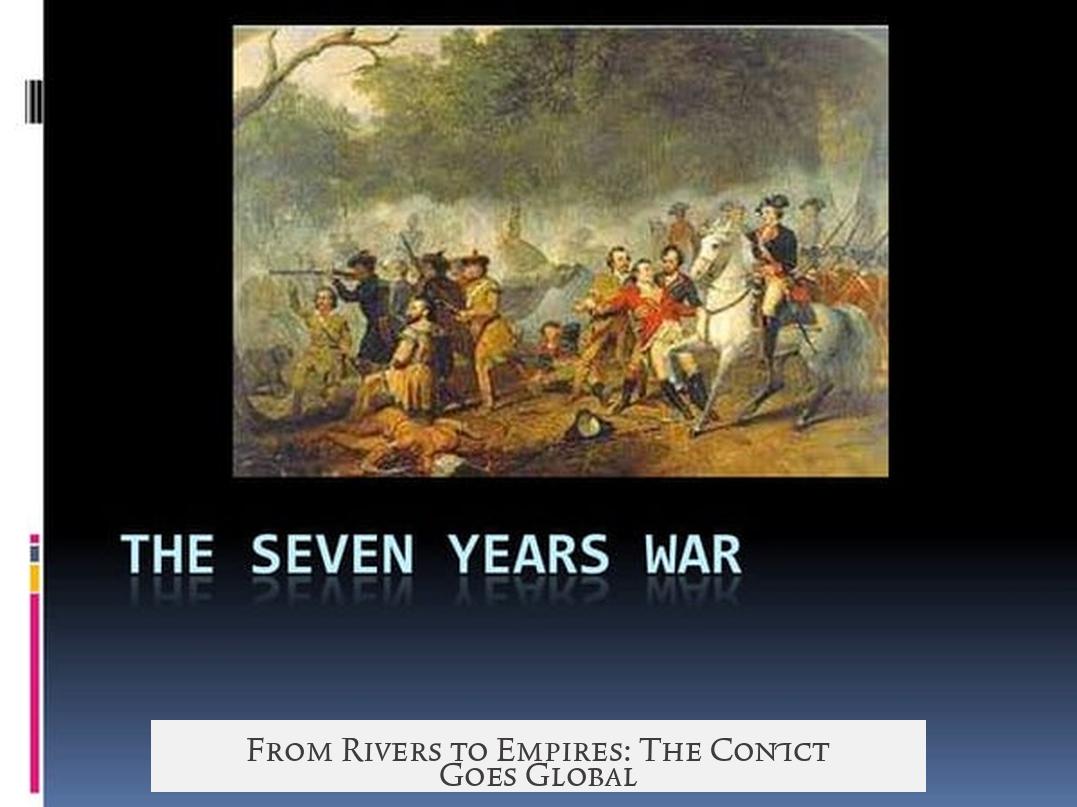
What starts as a territorial dispute in North America quickly balloons. Britain and France’s empires touch the Caribbean, West Africa, and India, where similar rivalries flare.
In 1762, Spain jumps into the fray, allied with France, outraged by British expansion, including illegal settlements in Honduras and occupation of Spanish Minorca.
The Seven Years War is proving to be something of a global reality show where every colonial power tries to outmaneuver the others on multiple continents at once.
Meanwhile, Back in Europe: The Prussian Power Play
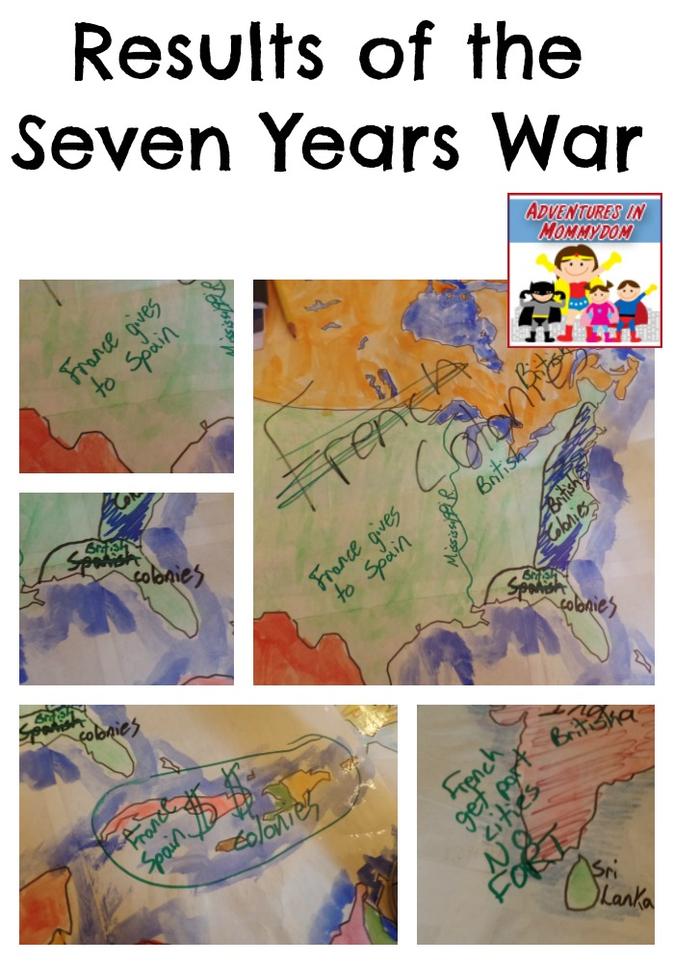
Across the Atlantic, the drums of war beat just as loudly. Frederick the Great, the ambitious King of Prussia, had sharpened his military skills and appetite for territorial gains during the earlier First Silesian War when he conquered Silesia, a wealthy Habsburg province.
Fast forward to 1756: Frederick, sensing that his enemies are plotting to retake Silesia, strikes first by invading Saxony, a Habsburg ally. In a dash reminiscent of a blitzkrieg, he takes the duchy in just a week, exploiting its resources to fuel his army.
- This aggressive move sends shockwaves across Europe.
- Empress Maria Theresa of Austria teams up with Russia, whose empress personally detests Frederick, aiming to curb his ambitions.
- France, initially allied with Prussia, sees Frederick as an untrustworthy backstabber and switches sides.
Within months, Frederick finds himself surrounded: Russians to the east, Austrians to the south, French to the west, and Swedes to the north. Talk about a rough neighborhood!
The British-Prussian Alliance: A Tactical Marriage of Convenience
Meanwhile, Britain’s political calculus shifts. Though wary of Frederick—especially his designs on Hanover, which Britain’s king George II also rules—the British start fearing a French invasion more.
Frederick offers a deal: Britain supports Prussia with funds and military aid, and in return, he pledges to defend Hanover from French attacks.
Reluctantly, under pressure to protect Hanover, Britain partners with Prussia. This alliance connects the dots between the European conflict and colonial rivalries, turning two regional wars into one global conflagration.
With their backs against the wall, Frederick strikes first in Europe. Meanwhile, British troops pour into Germany alongside Hanoverian forces under Duke Ferdinand to block the French who have landed with a force over 100,000 strong aiming to capture Hanover.
So, What Really Caused the Seven Years War?
Cause and effect blend here into a web of motivations, broken treaties, and escalating hostilities across the globe.
| Cause | Details |
|---|---|
| Colonial Rivalry | Disputes over Mississippi River forts and trade monopolies between Britain and France, tied to control of Native American trade networks. |
| Demographic Disparities | British colonies vastly outnumber French ones (950,000 vs 60,000), fueling British desire to conquer rather than just defend. |
| European Power Struggle | Prussia’s invasion of Saxony, following past Silesian conquests, triggers fears and coalitions against it. |
| Alliance Breakdowns | France breaks from Prussia due to Frederick’s unreliability, aligning with Austria and Russia, creating a hostile ring around Prussia. |
| British Pragmatism | Britain aligns with Prussia to protect Hanover from France, balancing interests in both European and colonial theaters. |
Without these intertwined causes, the Seven Years War might never have happened—or at least not on such a massive global scale.
What Can We Learn From This?
The Seven Years War teaches us that conflicts rarely have a single cause. Instead, they erupt from many layers: territorial disputes, economic interests, personal hatreds among rulers, and shifting alliances.
It also shows how colonial and European conflicts can feed each other. What starts on a riverbank in North America can trigger battles across continents. The war ultimately reshaped colonial empires, redrew maps, and set the stage for revolutionary movements a few decades later.
Did You Know?
- George Washington’s early military career is directly linked to the start of this conflict—his defeat in the French and Indian War shaped his future leadership.
- Spain’s entry into the war was partly motivated by British actions in far-off places like Honduras and Minorca, showing how global their disputes were.
- The European alliances were complex; Britain and Prussia teamed up despite mutual distrust, focusing on their immediate threats instead of past grievances.
Final Thoughts
In the end, the Seven Years War wasn’t just one war—it was many wars happening at once. It emerged from a tangled knot of colonial pressures around trade and territory and sparked by Prussian military daring and European diplomacy gone sideways.
So next time you wonder what caused this giant war, remember it was a cocktail of ambitions, betrayals, trades, and skirmishes—all mixing in the age of rising empires.
Curious to learn more about how this war shaped the modern world? Stick around for our upcoming dives into its epic battles, major players, and lasting consequences. History, after all, is never just history—it’s a story full of surprises.

